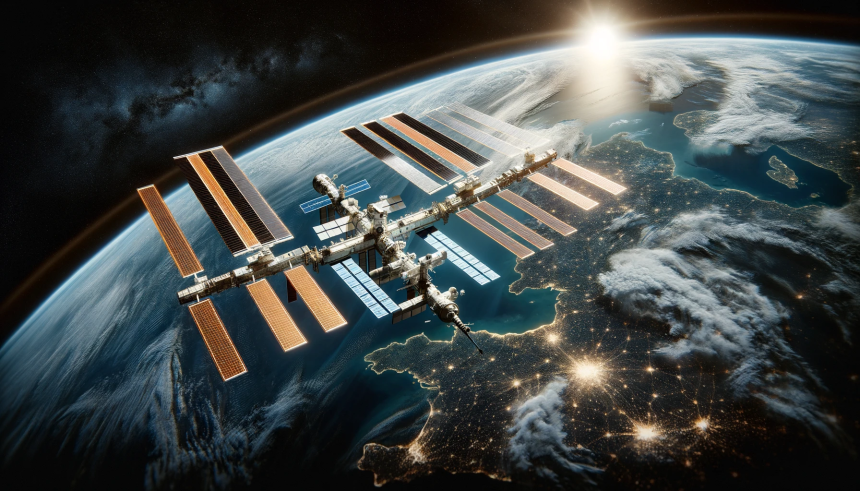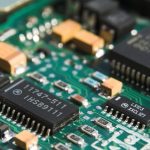NASA will broadcast live a spacewalk by two astronauts outside the International Space Station on June 13, starting at 6:30 a.m. EDT. This event will allow viewers worldwide to witness real-time activities in space. The spacewalk aims to address specific technical issues and gather essential data for ongoing research.
The International Space Station, a collaborative project by multiple countries, is a habitable artificial satellite in low Earth orbit. It was launched in 1998 and has since become a hub for scientific research and international cooperation in space exploration.
Two astronauts, Tracy C. Dyson and Matt Dominick, will exit the Quest airlock to remove a malfunctioning electronics box from a communications antenna. This task is crucial for maintaining the station’s communication capabilities. Additionally, they will collect samples to study microorganism survival on the station’s exterior, contributing to knowledge about life in extreme environments.
Mission Details
Dyson, an experienced astronaut, will wear a suit with red stripes, indicating her role as the primary spacewalk crew member. Dominick, on his first spacewalk, will wear an unmarked suit. Their combined expertise will be instrumental in the successful completion of this mission. The spacewalk is expected to last approximately six and a half hours.
Following the spacewalk, NASA will announce crew members for upcoming spacewalks 91 and 92. These missions are planned for late June and early July, continuing the maintenance and research operations on the space station.
Comparing past spacewalks, this mission focuses not only on hardware repair but also on biological research. Previous spacewalks have primarily dealt with mechanical and technical repairs. The inclusion of biological sample collection marks a significant shift towards multidisciplinary research.
Upcoming Spacewalks
NASA’s decision to cover the spacewalk live via multiple platforms highlights the increasing public interest in space missions. This approach allows for greater transparency and engagement with the global audience, fostering a deeper connection between space agencies and the public.
– Specific technical issues will be addressed during the spacewalk.
– Microorganism survival research to be conducted on the station’s exterior.
– NASA to announce future spacewalk crew members post-mission.
Maintaining communication equipment on the space station is vital for seamless operations and safety. The astronauts’ mission reflects ongoing efforts to ensure the station’s functionality. Collecting biological samples adds another layer of scientific inquiry, potentially impacting future long-term space missions.
The integration of technical and biological tasks in this mission demonstrates the evolving complexities of space exploration. By addressing immediate technical needs and conducting biological research, NASA exemplifies a holistic approach to space station maintenance and scientific investigation. These efforts contribute to the broader understanding of life in space and support future missions beyond low Earth orbit.










